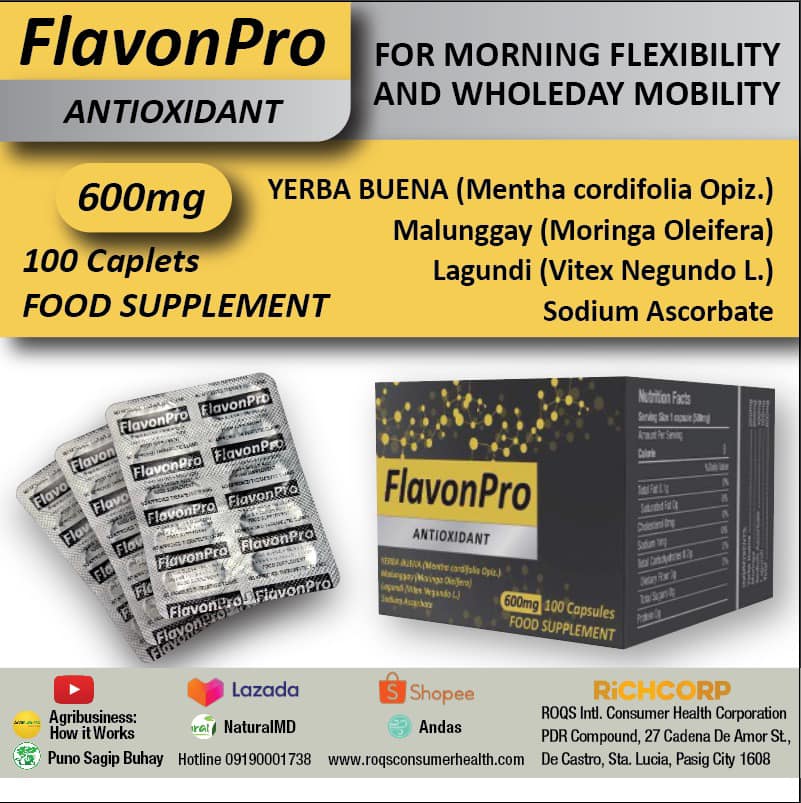The government has set a new target area of 5,000 hectares in Cagayan Valley for protein-rich peanut as the legume is deemed as an ideal climate change-mitigating crop with its nitrogen-fixing property.
The Department of Agriculture (DA)-Cagayan Valley Integrated Agricultural Research Center (CVIARC) effectively targets a 43 percent increase in peanut production in Region 2 in three to five years. Present area is placed at 3,500 hectares.
“We want to continue our support for peanut breeding and production because peanut remains to be a minor crop rather than a cash crop even if farmers have an opportunity to make money from it by replacing our big import,” said Dr. Nicomedes P. Eleazar, Bureau of Agricultural Research (BAR) director.
DA sees expansion of peanut area as a climate change-mitigating crop with its ability to reduce the emission of greenhouse gas-emitting nitrous oxide from nitrogen.
Peanut is likewise considered drought-resistant with less water need at an average irrigation water requirement ranging from four to 50 millimeter per application.
Legumes– peanut, mungbean, and soybean included– can capture nitrogen from the air, “fix” this into plant food, and thus make it a natural fertilizer to the plant.
CVIARC Peanut Project Leader Rose Mary G. Aquino said BAR’s program involves breeding for improved peanut varieties. This also has a seed support component from the Philippine Council for Agriculture, Forestry, Natural Resources Research and Development (PCARRD).
“We want to stabilize the peanut production in Region 2 which has been erratic due farmers’ shifting from planting peanut to yellow corn as a result of insufficient peanut seed supply during planting season,” said Aquino.
The country imports an estimated 30,000 to 50,000 metric tons (MT) of peanut yearly out of a total supply of 60,000 to 70,000 MT. This means Philippines imports more than 50 percent of its peanut supply yearly primarily from China.
The peanut project should revive Region 2’s leadership in peanut production. Its peanut area was at 22,000 hectares in the 1990s, although yield was very low at 0.65 MT per hectare.
“Region 2 was once a big peanut producer. But due to the low yield and therefore low income, farmers shifted to yellow corn,” a BAR report said.
Legumes in general are eyed by DA as poverty reduction crops. When inter-planted with corn or rice, legumes can raise land use efficiency and farmers’ income. At a production cost of P27,030, a farmer may earn a net income of P22,970 out of a 2,000 kilo per hectare yield, given a P25 per kilo farm gate price.
The use of legumes will have a significant beneficial effect in reducing stress on the soil specially due to cropping intensity.
“Leguminous plants have a give-and-take (symbiotic) relationship with a (soil) bacteria called rhizobia that thrive in the plants’ root nodules. Rhizobia can supply about 225 kilos (4.5 bags) of nitrogen per hectare per year or equivalent to input cost of P4,500 ,” Aquino said.
Considered climate change-ready varieties of peanut are Namnama-1 or Philippine-registered NSIC Pn 11 and Namnama 2 or NSIC Pn 14. They have a pod yield of 2.2 to 2.6 MT per hectare. These are breeds shared by the India-based International Crops Research Institute (ICRISAT) to the Philippines.
Another ICRISAT variety is the Asha meaning “hope,” with a pod yield of up to 3.1 MT per hectare. It is called a “3-in-1” variety because of its flexible size of Class A “export” quality (one gram per seed), Class B for domestic market, and Class C for planting and processing.
Legume growing also supports a climate change mitigation measure called “conservation agriculture” which reduces soil tillage. With reduced tillage, carbon is stored in soil rather than emitted to the air.
Aside from high protein content at 26 to 28 percent, peanuts are rich in B vitamins, folate, niacin, and Vitamin E. It has the good fat that helps remove cholesterol from blood, consequently helping reduce the risk of heart disease and cancer.
Peanut as a plant has other uses. Its hay is a good fodder for livestock with its rich crude protein, better palatability compared to other fodder materials, and digestibility.
“Peanut hay is a high quality forage for cattle, carabao, horses,goat, sheep, rabbits,” said Aquino.
The peanut protein cake residue from oil processing and extraction is also used as an animal feed.
Crops inter-planted with peanut usually have better performance even with low or no fertilizer application due to legumes’ nitrogen-fixing capability.
This makes organic legume production possible.
In fact, peanut-white corn inter-cropping practices in Cagayan Valley involves organic farming. It does not use pesticide sprays or chemical fertilizers.
For the region’s mungbean and soybean production after upland rice planting, the same chemical free rhizobia seed inoculant-dependent practice is adopted.
The legumes are supplanted with macro and micro-nutrients through spraying of organic foliar fertilizers.
One of such organic fertilizer is the humic acid– a complex mixture of different acids forming humic substances that come from soil (humus), peat, coal, and many upland streams. Another is the bacteria-mineral which is produced from bio-reacted manure. Seeds are soaked on this bacteria-mineral water to enhance germination.
Vermi-tea, the worm tea or the liquid extract from a worm bed, is sprayed on the legume plants as an anti-fungal agent and provider of trace elements in the legumes.
Cagayan Valley farmers have also learned to fight pest infestation in mungbean and soybean through biological control measures or insect management.
For soybean in particular, government eyes the organic soybean to be used for food and the conventionally-bred ones for feed milling.
BAR’s organic production of peanut and soybean is being implemented together with the organic farming group called Earthkeepers Foundation and Cooperative for Rural Development (CORDEV). Rose Aquino/ Zeny Sison



